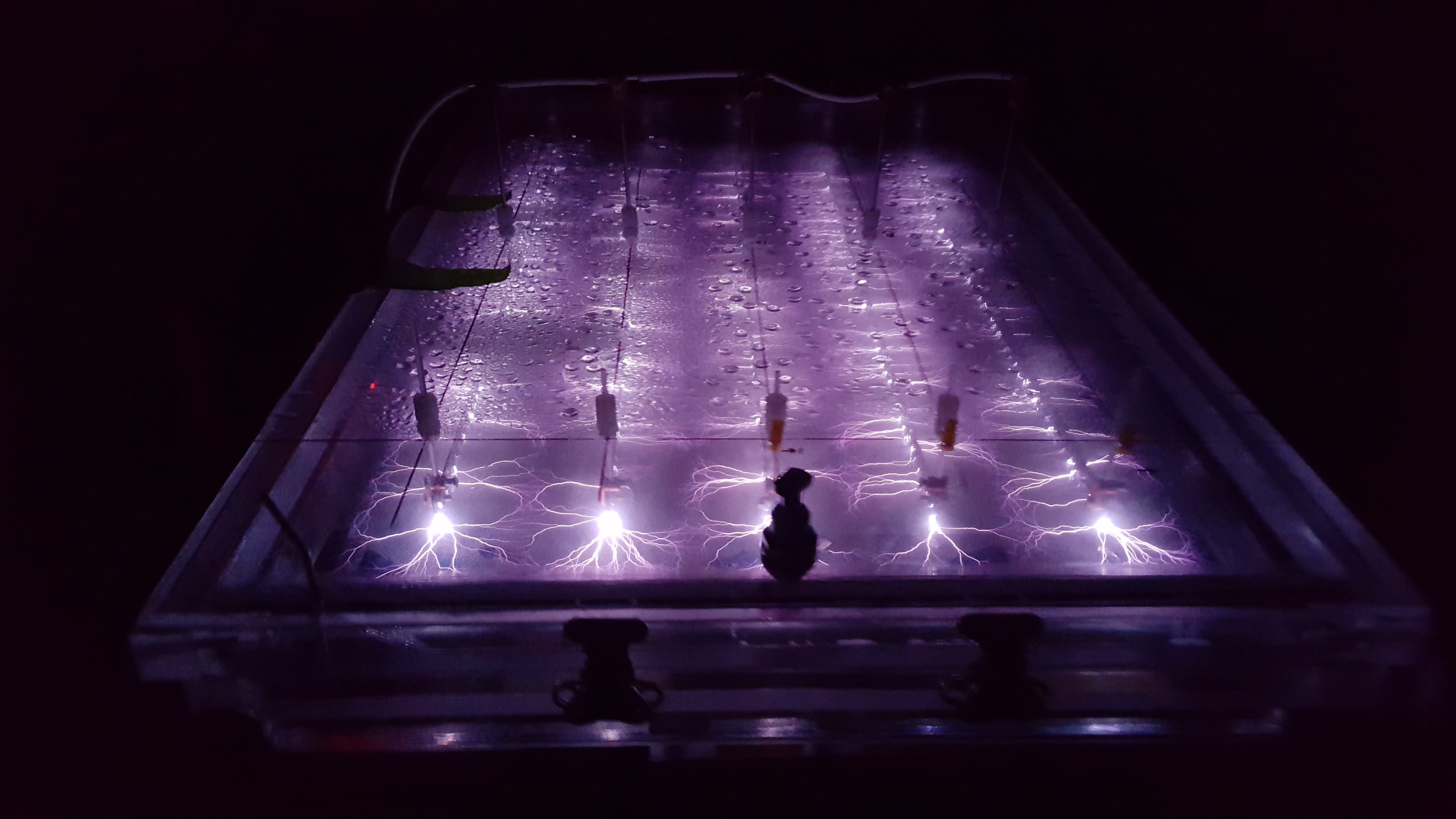Under pressure from environmental groups, the Defense Department is on the hunt for an aqueous film-forming foam ― the kind it uses to put out fires after aircraft crashes and other incidents ― that doesn’t contain potentially cancer-causing chemicals that leach into ground water.
The Pentagon has put about $10 million into the Strategic Environmental Research and Development Program and the Environmental Security Technology Certification Program since 2011, according to a Friday DoD release, to eventually create a foam that doesn’t contain perfluorooctane sulfonate or perfluorooctanoic acid, collectively known as PFAS.
The research “encourages us to work across disciplines and outside our own university, even at locations throughout the world, to get the best minds to address this,” Christopher Higgins, a Colorado School of Mines civil and environmental engineering professor said in the release.
The programs, through funding efforts at the Naval Research Laboratory, universities and private labs, have been looking into PFAS alternatives since the Environmental Protection Agency, in 2009, issued guidance on safe limits for exposure to the compounds.
The military has since stopped using that firefighting foam in training scenarios, and has put in place filtration systems on installations to keep drinking water at EPA-approved levels.
RELATED

Though an alternative hasn’t yet been found, Defense Secretary Mark Esper in July stood up a task force that will meet monthly, compile a list of PFAS-related concerns and recommendations and release its findings early next year.
In the meantime, research has begun on a process to remove PFAS from groundwater.
In September, scientists tried out a new piece of technology, the Enhanced Contact Plasma Reactor, at Wright-Patterson Air Force Base, Ohio, theorizing that it could go beyond filtration to completely eliminate PFAS from water.
"This is the only technology that actually destroys PFAS molecules that has been demonstrated at this scale, it doesn’t just remove them from water,” co-principal investigator Tom Holsen said in a Nov. 5 Air Force release. “All of the other demonstrations that we’re aware of remove it from the water through filtration so there is still a PFAS-containing waste. Our method actually destroys PFAS.”
Meghann Myers is the Pentagon bureau chief at Military Times. She covers operations, policy, personnel, leadership and other issues affecting service members.




